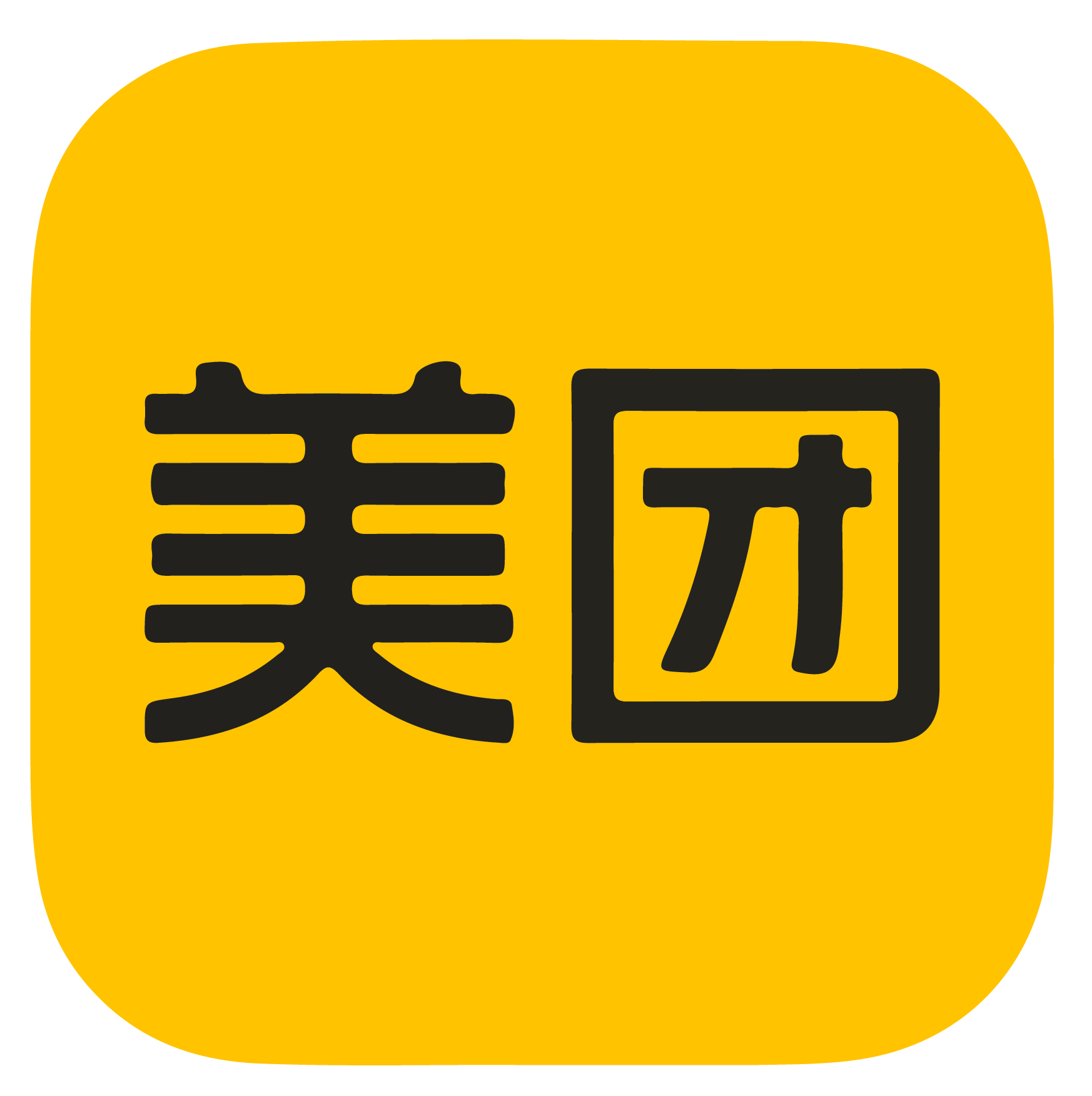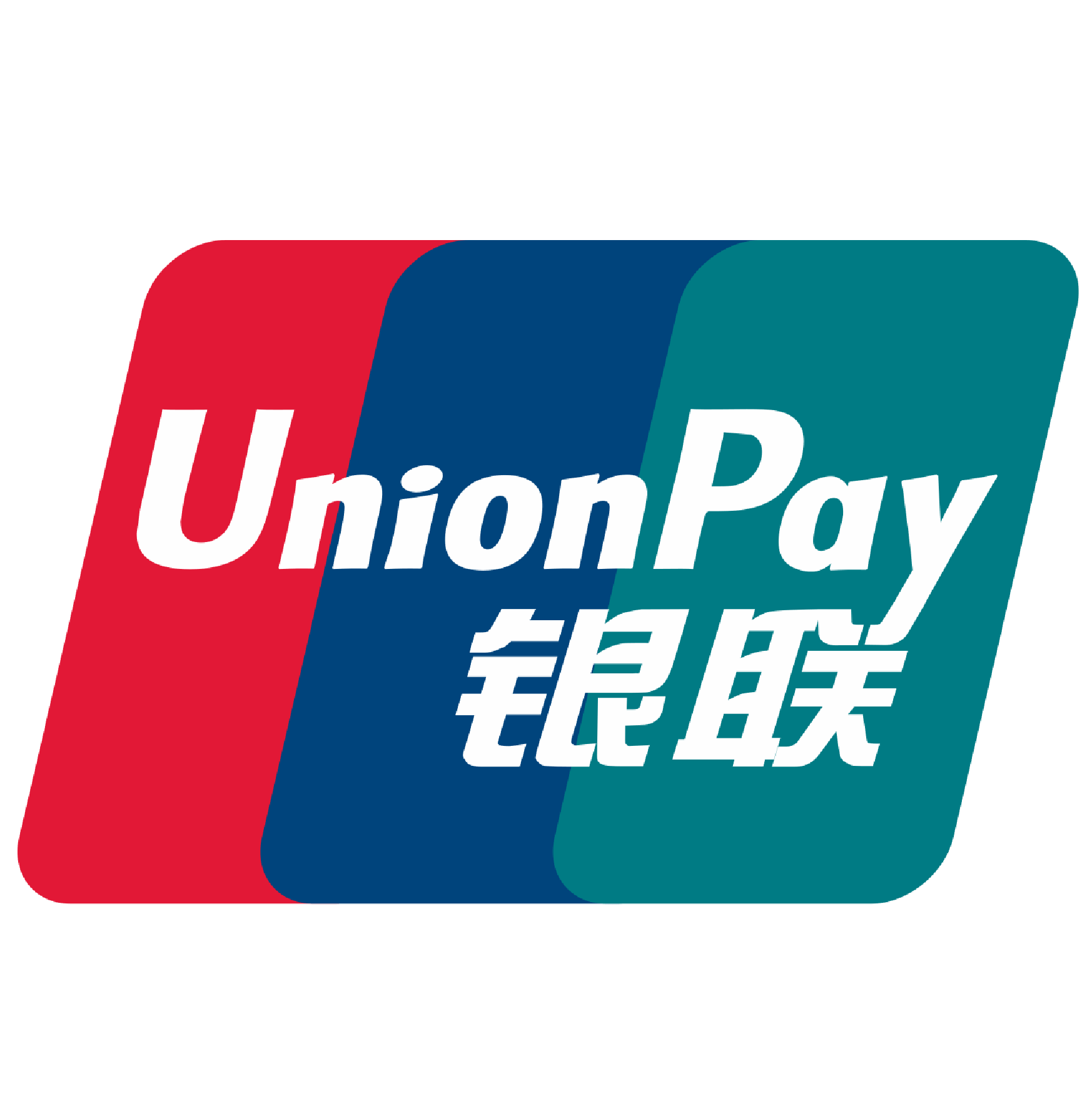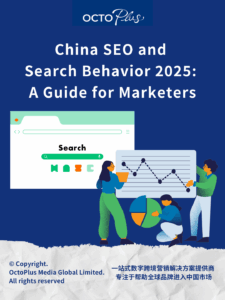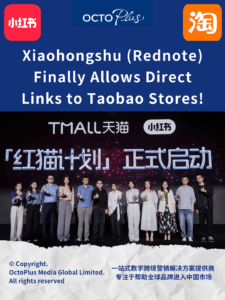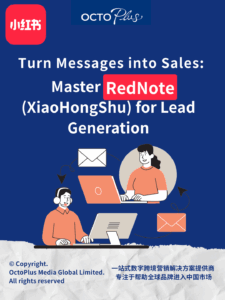Xiaohongshu Marketing: Strategies for Brand Promotion on Xiaohongshu: From Zero to One, the Ultimate Guide
Traditional e-commerce models rely on consumer demand to drive consumption. However, Xiaohongshu (Little Red Book) takes a different approach by leveraging user-shared lifestyle experiences related to food, drink, entertainment, and shopping to influence consumption. This method, known as “grass-planting” or content seeding through sharing, yields better conversion results compared to traditional hard-hitting advertisements.
As a result, more and more brand advertisers are considering Xiaohongshu as a promising platform for grass-planting. So, how can brands effectively conduct grass-planting on Xiaohongshu? Let’s get straight to the point and delve into practical strategies.

Step 1: Natural Volume Assessment
Before initiating any advertising campaigns, it is crucial to assess the current volume of your brand’s presence on Xiaohongshu. This assessment can be based on the quantity and quality of existing volume.
- Natural Volume Status
The quantity of your brand’s existing presence on Xiaohongshu refers to the volume you have accumulated thus far. If your brand has a relatively small presence on Xiaohongshu and has not engaged in content marketing actions, you can gradually increase your brand’s volume. During the initial stage, it is advisable to focus on leveraging micro and medium-level influencers to establish your brand’s content presence.
However, Xiaohongshu is an open, user-driven community that encourages sharing and grass-planting. Therefore, even if a brand has not actively engaged in content marketing on Xiaohongshu, it might still generate spontaneous discussions and attention from users.
If your brand has already gained some presence on Xiaohongshu, it becomes crucial to consider the quality of your existing volume.
- Quality of Natural Volume
Assessing the quality of your brand’s volume involves examining whether the majority of the volume has a positive or negative sentiment. If your brand has accumulated a considerable amount of positive sentiment on Xiaohongshu, subsequent campaigns can focus more on driving conversions. However, negative sentiment can be disastrous for a brand, especially on a platform that significantly influences consumer purchasing decisions. Even a slight negative impact has the potential to affect overall sales across all channels. Therefore, before initiating any marketing actions, it is essential to manage the sentiment landscape.
Conduct a comprehensive self-assessment on Xiaohongshu, track and handle any negative content, negotiate when possible, remove posts if necessary, and report and warn against malicious content. I strongly urge all emerging consumer brands to establish a Xiaohongshu sentiment monitoring system, extinguishing any negative sentiments at their inception.
Step 2: Utilizing Competitor Analysis to Identify Selling Points
Once you have assessed your brand’s existing volume on Xiaohongshu, you can determine the primary objectives of your brand’s advertising campaigns. Once the campaign objectives are clear, the next step is to determine the content of your campaigns. In other words, what kind of brand or product information do you want consumers to receive during your Xiaohongshu campaign? This boils down to identifying the selling points of your brand or product.
The positioning of your product’s selling points should not only consider the product’s features but also emphasize differentiation. This requires analyzing your competitors to find answers.
1. Competitor Selection
Before conducting competitor analysis, it is essential to determine which competitors you will focus on. Competitors can be classified into three categories:
Direct competitors: These are brands that offer similar products and target the same user groups. For example, Tencent Video, Youku, and iQiyi; Douyin and Kuaishou; QQ Music and NetEase Cloud Music.
Indirect competitors: These are brands whose products may differ but target the same user groups. For example, WeChat Official Accounts and Douyin. Although their products and business models differ, they have similar customer bases, and the decline in WeChat Official Accounts’ overall readership is partly attributed to the significant impact of indirect competitors like Douyin.
Potential competitors: These include companies in related industries, either horizontally or vertically, that provide similar types of products/services or possess significant resources in related fields.
Identifying direct and indirect competitors is relatively straightforward. However, identifying potential competitors can be challenging yet highly important due to their significant threat potential, sometimes even posing a mortal threat. Therefore, the identification of potential competitors becomes especially crucial.
2. Competitor Analysis Dimensions
Once you have identified your competitors, it’s time to analyze their strategies and results. The analysis should focus on their advertising strategies and effectiveness.
What are the selling points they emphasize in their campaigns? What are the relevant scenarios for these selling points? How many influencers did they collaborate with? What is the scale/field of these collaborations? What types of content do they primarily use in their campaigns? How is their professional account management on Xiaohongshu?
Answering these questions through competitor analysis helps extract valuable insights while avoiding blind listing of competitor data. We are not data analysts for competitors. The primary objective of the analysis is to extract the essence while discarding the dross, identifying innovative aspects of competitor campaigns, and considering if they can be applied. It also allows brands to proactively avoid repeating mistakes made by competitors.
3. Determining Selling Points
With competitor data in hand, it is time to identify your own unique selling points based on the data. The determination of selling points can involve selecting points that counter negative sentiments observed among competitors in the same field. Alternatively, it can involve leveraging positive sentiments existing within your field to create innovative and unique selling points. By considering user needs, different scenarios, and content, you can create distinctive selling points.
Three aspects are generally of high interest to Xiaohongshu users:
Aesthetics: As Xiaohongshu primarily caters to a young female user base, high aesthetics are essential for successful grass-planting campaigns. By combining various product selling points and characteristics, you can design visually appealing content that captures users’ attention organically.
Novelty: Uniqueness and novelty are desirable attributes for products on Xiaohongshu. Novelty does not necessarily involve creating an entirely new product category or field. It has been proven that users are more interested in multi-purpose products, collaborations, and cross-boundary initiatives. Innovative approaches within existing categories often stimulate curiosity and gain popularity. Examples include DIY trends and recent topics like “slightly childish for kids, just right for adults.”
Cost-effectiveness: Xiaohongshu is a community built on sharing, with a predominantly young user base. Therefore, the cost-effectiveness of a product determines whether it will receive positive word-of-mouth.
Step 3: Horse Racing Testing
- Combination of Selling Points
Through the analysis of competitors and considering the characteristics of our own product, we should have obtained a lot of information about the product’s selling points by now. However, it is not possible to advertise all these selling points on a large scale, as it would be costly and time-consuming. Therefore, the first thing to do is to combine the selling points.
Pair the selected selling points and try different combinations with different scenarios and functional positioning. This may lead to unexpected effects.
- Testing Selling Points
Any advertising process involves a testing phase before scaling up. This is because when we face a new advertising platform or a new product display format, we cannot start with a large-scale investment. The advertising pace should be to test first and then scale up.
The analysis of competitor strategies only provides us with a reference and does not necessarily mean that what works for them will work for us. This requires us to combine our own situation and conduct small-scale tests on the selected selling points. Adjust and iterate based on the results, and then scale up the successful experiences for large-scale operations.
When we talk about testing, it does not mean trying it out with one or two influencers or a dozen influencers to see the effects. Xiaohongshu’s traffic has a certain randomness, and a few pieces of data that are too high or too low may be influenced by luck. Therefore, a sufficient number of samples are needed to obtain more accurate testing results.
The testing period is usually 1-3 months, and it is important to plan and select influencers at various levels, dimensions, or fields to test whether the product has the potential to become a hit.
Note: During this phase, all influencers involved in the advertising must strive for excellence and demonstrate cost-effectiveness and actual results.
After the testing period, if the new product meets the expected indicators, it can enter the scaling phase. If not, it may indicate that the selling point does not have the potential to become a hit. However, multiple factors should be considered, and further advertising decisions should be evaluated.
Step 4: Establishing Xiaohongshu Advertising Model
- Atmosphere Creation Phase
The first step in advertising is to increase brand visibility. In the preliminary stage before the official advertising launch, we should strive to expand the brand’s reach and increase its visibility, creating an atmosphere of widespread discussion about the brand/product within the platform.
By collaborating with different types of influencers, we can convey product information to different user groups, co-create with influencers, and innovate diverse application scenarios for the product, gradually expanding the user base through these scenarios.
Advertising approach: Diversified combinations to achieve widespread exposure, telling the brand story from various perspectives.
Influencer advertising strategy: 30% KOC (Key Opinion Consumers) + 50% mid-tier KOL (Key Opinion Leaders) + 20% top-tier KOL.
30% of KOC will generate user discussions through reviews or posing product-related questions, creating buzz for the brand in the initial stage.
50% of mid-tier KOL will create a diverse communication atmosphere for the brand by leveraging their expertise and different content scenarios.
20% of top-tier KOL will focus on creating transformative content to ignite brand visibility.
- Concentrated Burst Phase
As the community expands and visibility increases, overall traffic will reach a bottleneck. The traffic fluctuation becomes relatively stable, but it is challenging to break through the bottleneck.
At this point, the brand needs to consider launching a larger-scale exposure.
Advertising approach: Increase traffic output, expand the output of influencers at various levels, use multiple perspectives and different ratios. Regardless of KOC or KOL, concentrate firepower and exhaust all available resources.
Influencer advertising strategy: 10% KOC + 80% mid-tier KOL + 10% top-tier KOL / celebrities.
During this phase, the focus is on mid-tier KOL, relatively reducing the proportion of KOC. Utilize the influence of mid-tier KOL to drive community engagement throughout the platform.
Simultaneously, reduce the volume of content seeding from top-tier influencers to create a tiered effect and stimulate user participation and discussion.
Include 10% celebrities to further expand the range of visibility and provide topics for KOL.
- Facilitating Conversion
The ultimate goal of brand advertising is to achieve sales conversion. After several rounds of advertising, users have gained a deep understanding of the product. It is crucial to convert users from “observers” to “purchasers”.
Advertising approach: Promote conversion directly through in-platform live streaming, traffic redirection live streaming, official content output, and other methods.
Content related to product seeding can continue to be promoted but with a reduced budget. Seeding is not the main focus of advertising during this stage.
Influencer advertising strategy: 20% KOC + 30% top-tier KOL.
During this phase, the emphasis is on conversion. Firstly, select 30% top-tier KOL to directly drive conversion through live streaming and other forms.
Additionally, utilize KOC to generate content related to purchase experiences, product usage insights, reviews, etc., providing users with direct conversion pathways and creating a cycle.
If you wish to know more about Xiaohongshu Marketing or China Marketing, please contact us with the form below!
Feel free to talk to us
It’s a team with one single shared goal, which is our client’s success. Deliver results for your business now.
















